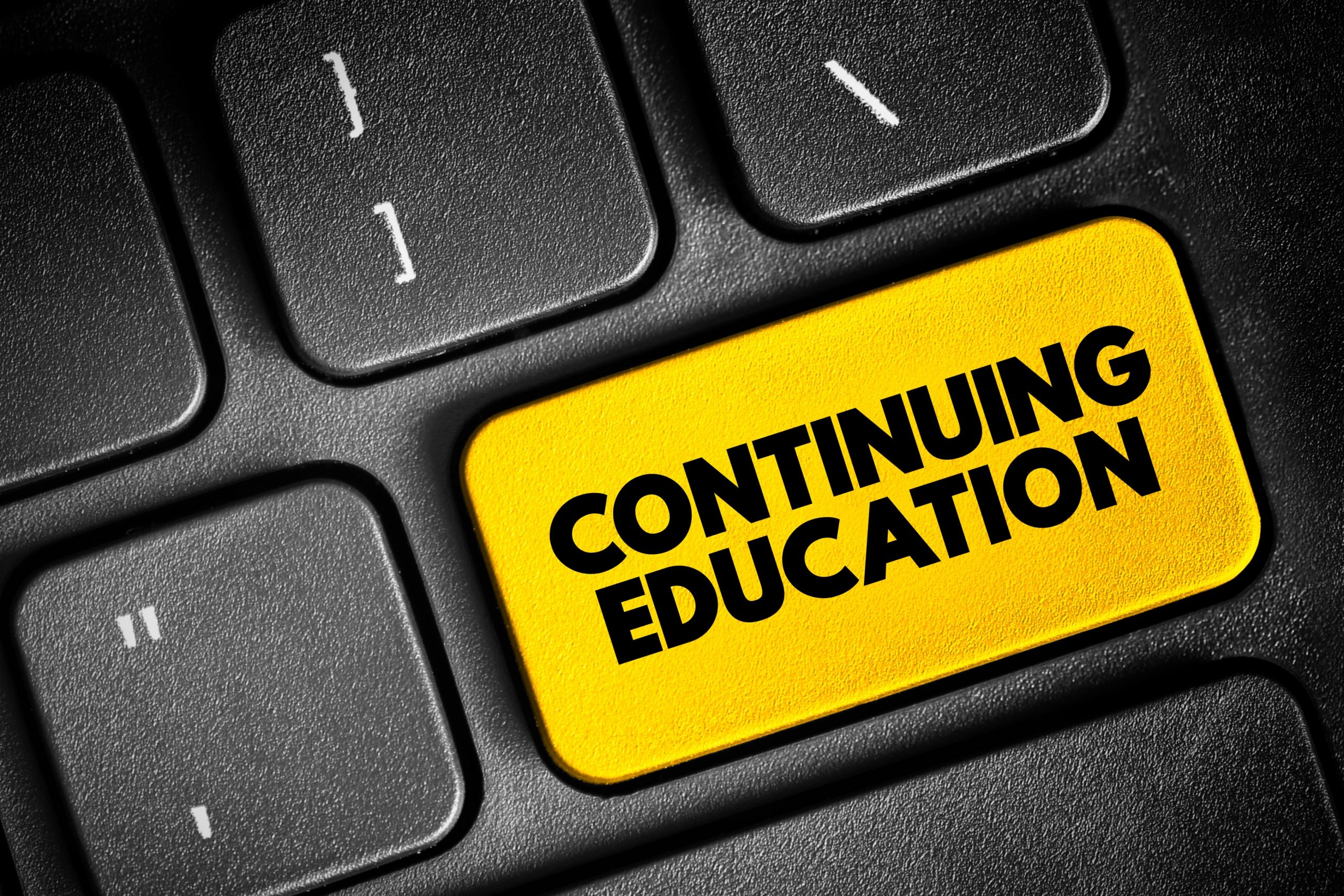
Membership in the Louisiana Life Safety & Security Association (LLSSA) provides far more than a logo on a website or a name in a directory. It offers meaningful support for companies and professionals working in Louisiana’s life safety, security, fire protection, locksmith, access control, and integrated systems industries. LLSSA exists to strengthen its members’ businesses, advance professionalism, and protect the future of the industry through education, advocacy, and collaboration.
One of the most significant benefits of LLSSA membership is access to high-quality education and continuing professional development. The association offers a wide range of training opportunities designed specifically for Louisiana-licensed life safety and property protection professionals. These include in-person classes, regional training events, live webinars, and large-scale educational conferences. Many of these programs provide Continuing Education Units required for licensing and renewal, and members receive discounted registration rates. LLSSA’s educational offerings are developed with direct input from industry experts and regulators, ensuring content is practical, relevant, and compliant with current state requirements.
LLSSA membership also opens the door to a full calendar of industry events that combine education, networking, and business growth. The Annual Convention and Trade Show brings together professionals from across the state for multiple days of CEU sessions, regulatory updates, and hands-on access to manufacturers, distributors, and service providers. Dealer conferences, regional meetings, and special events throughout the year give members opportunities to stay informed, exchange ideas, and build relationships that often lead to partnerships, referrals, and long-term business connections. Member pricing for these events offers substantial savings while encouraging active participation.
Beyond education and events, LLSSA membership delivers tangible cost-saving benefits that directly impact day-to-day business operations. Members gain access to association-sponsored programs designed to reduce expenses on essential services and tools needed to operate efficiently. These include business support resources, administrative services, and exclusive member discounts that can offset the cost of membership many times over. For companies focused on managing overhead while maintaining compliance and professionalism, these savings are a key advantage.
Insurance and risk management opportunities are another important benefit of LLSSA membership. Through strategic partnerships with industry-focused providers, members may have access to group insurance options and employee benefit programs tailored to the life safety and security industry. These programs can help businesses control costs while offering competitive benefits that support employee recruitment and retention. In addition, being part of a recognized professional association can positively support conversations with insurers by demonstrating commitment to training, standards, and best practices.
LLSSA also plays a critical role in representing the interests of its members before regulators, legislators, and industry stakeholders. The association actively monitors legislative and regulatory developments that affect life safety and property protection businesses in Louisiana. By engaging with the State Fire Marshal’s Office and other authorities, LLSSA helps ensure that rules and policies are practical, clearly communicated, and reflective of real-world industry operations. This advocacy provides members with a collective voice that no individual company could achieve alone.
Community involvement and workforce development are central to LLSSA’s mission as well. Through its scholarship programs and outreach initiatives, the association invests in education and supports families connected to public safety and the life safety industry. These efforts help build goodwill, promote career pathways, and strengthen the future workforce that member companies depend on.
LLSSA offers multiple membership categories to ensure that companies, individuals, and allied organizations can participate at a level appropriate to their role in the industry. Licensed life safety and security companies, related industry businesses, manufacturers, service providers, affiliates, individuals, allied professionals, and public safety personnel all have membership options designed to provide value while supporting the association’s mission. This inclusive structure creates a diverse and collaborative community united by a shared commitment to safety, professionalism, and ethical business practices.
Ultimately, LLSSA membership is an investment in your business, your people, and the industry as a whole. It provides education that keeps you compliant and competitive, events that connect you with peers and partners, cost-saving programs that support your bottom line, and advocacy that protects your ability to do business in Louisiana. For professionals dedicated to life safety and property protection, LLSSA membership is not just beneficial — it is essential.
To learn more about membership opportunities and benefits, visit www.llssa.org









